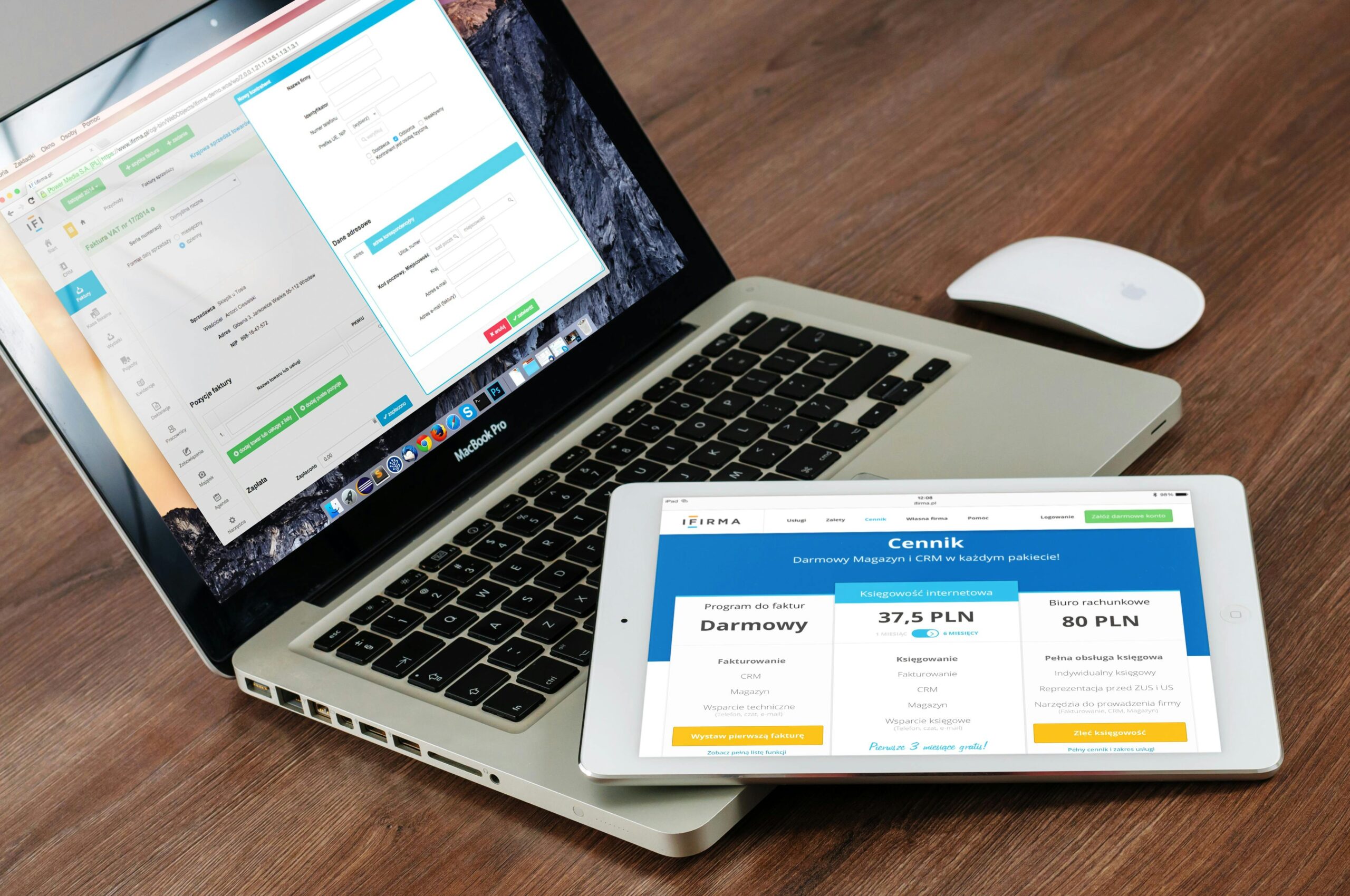Creating a marketplace website and mobile app can be an exciting venture, allowing you to connect buyers and sellers while providing a platform for transactions. Whether you’re looking to build a marketplace for goods, services, or digital products, the process involves several steps, from initial planning to deployment and marketing. In this blog, we’ll explore how to build a successful marketplace website and mobile app.

Table of Contents
Toggle1. Define Your Niche and Business Model
Identify Your Target Audience
Before diving into development, determine your marketplace’s niche. Are you focusing on handmade goods, digital services, or peer-to-peer rentals? Understanding your target audience will help shape your platform’s features and marketing strategy.
Choose a Business Model
Decide on a business model that suits your marketplace:
- Commission-Based: Charge sellers a commission for each transaction made through your platform.
- Subscription-Based: Charge sellers a recurring fee to list their products or services.
- Listing Fees: Charge sellers a fee to list their products or services on your marketplace.
- Freemium Model: Offer basic features for free while charging for premium services.
2. Plan Your Features
Create a list of essential features for both the website and mobile app. Consider the following:
For Buyers:
- User Registration/Login
- Product/Service Listings with Search and Filter Options
- Shopping Cart and Checkout Process
- User Reviews and Ratings
- Order Tracking
- Payment Gateway Integration
- Wishlist Functionality
- Notifications (order updates, new products)
For Sellers:
- Seller Registration/Login
- Product/Service Management (adding, editing, and removing listings)
- Sales Analytics and Reporting
- Order Management
- Communication Tools (with buyers)
- Payment Management
For Admin:
- User Management (buyers and sellers)
- Content Management (product/service listings)
- Transaction Management
- Reporting and Analytics
- Dispute Resolution Tools
3. Choose the Right Technology Stack
Select the technology stack for building your marketplace. Here are some options:
Frontend Development:
- Web: HTML, CSS, JavaScript (with frameworks like React, Angular, or Vue.js)
- Mobile: React Native, Flutter, or native development (Swift for iOS, Kotlin for Android)
Backend Development:
- Languages: Node.js, Python (Django/Flask), Ruby on Rails, or PHP (Laravel)
- Database: MySQL, PostgreSQL, or MongoDB
- Hosting: AWS, Google Cloud, Heroku, or DigitalOcean
Payment Gateway Integration:
Choose a payment processor that fits your needs, such as PayPal, Stripe, or Square. Ensure that it supports your desired payment methods and currencies.
4. Design the User Experience (UX)
A seamless user experience is crucial for attracting and retaining users:
Wireframing and Prototyping:
- Create wireframes and prototypes to visualize the layout and flow of your website and app.
- Use tools like Figma, Sketch, or Adobe XD for designing and prototyping.
Responsive Design:
Ensure that your website is responsive, providing an optimal viewing experience across various devices and screen sizes. Mobile apps should also be intuitive and user-friendly.
5. Develop the Marketplace
Set Up the Frontend:
- Develop the user interface based on your designs.
- Implement features using your chosen frontend technologies.
Build the Backend:
- Set up the server, database, and APIs for your application.
- Implement user authentication, product management, and payment processing.
Integrate Third-Party Services:
Incorporate services such as:
- Email notifications (e.g., SendGrid, Mailgun)
- Analytics tools (e.g., Google Analytics)
- Customer support (e.g., Zendesk, Intercom)
6. Test the Application
Testing is vital to ensure a smooth user experience:
Conduct Different Types of Testing:
- Unit Testing: Test individual components for functionality.
- Integration Testing: Ensure that different parts of the application work together.
- User Acceptance Testing (UAT): Gather feedback from real users to identify any issues or improvements needed.
Performance Testing:
Test the performance of your website and app under various loads to ensure they can handle traffic effectively.
7. Launch the Marketplace
Once you’ve completed testing and are satisfied with the performance:
Deployment:
- Deploy your website and app to a live environment.
- Ensure that your server is configured for optimal performance and security.
Marketing Strategy:
Develop a marketing plan to promote your marketplace:
- SEO Optimization: Optimize your website for search engines to attract organic traffic.
- Social Media Marketing: Utilize social media platforms to reach your target audience.
- Content Marketing: Create valuable content to engage users and establish your marketplace as an authority in your niche.
- Email Marketing: Build an email list to inform users about new products, promotions, and updates.
8. Monitor and Optimize
After launching, continuously monitor your marketplace’s performance and user feedback:
Analytics:
- Use analytics tools to track user behavior, sales data, and site performance.
- Analyze data to make informed decisions about improvements and marketing strategies.
Iterate and Improve:
- Regularly update your website and app based on user feedback and market trends.
- Implement new features, improve existing functionalities, and address any issues promptly.
Conclusion
Building a marketplace website and mobile app is a multifaceted process that requires careful planning, execution, and ongoing optimization. By defining your niche, selecting the right technology stack, designing a user-friendly experience, and effectively marketing your platform, you can create a successful marketplace that connects buyers and sellers. Remember that continuous improvement and responsiveness to user needs are key to maintaining a competitive edge in the marketplace landscape.


No responses yet